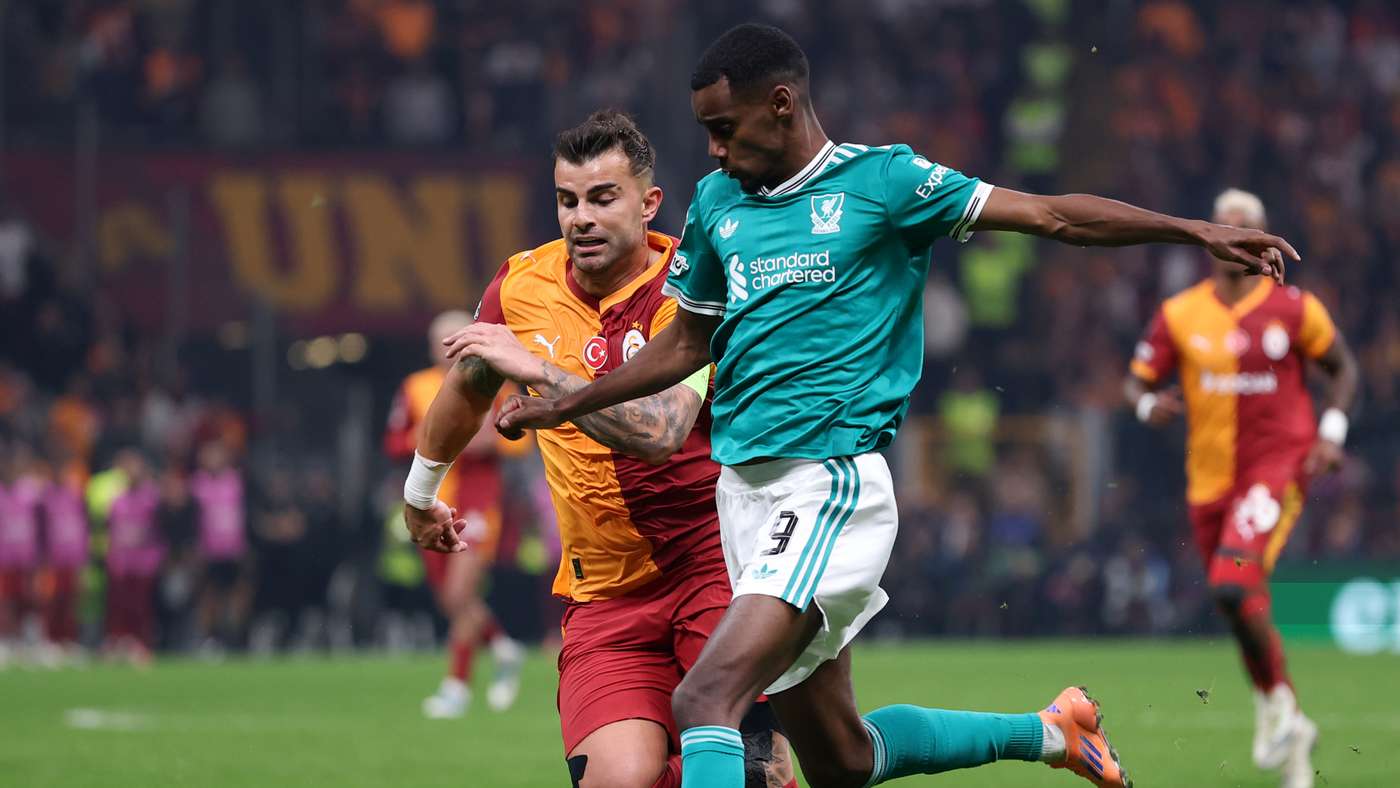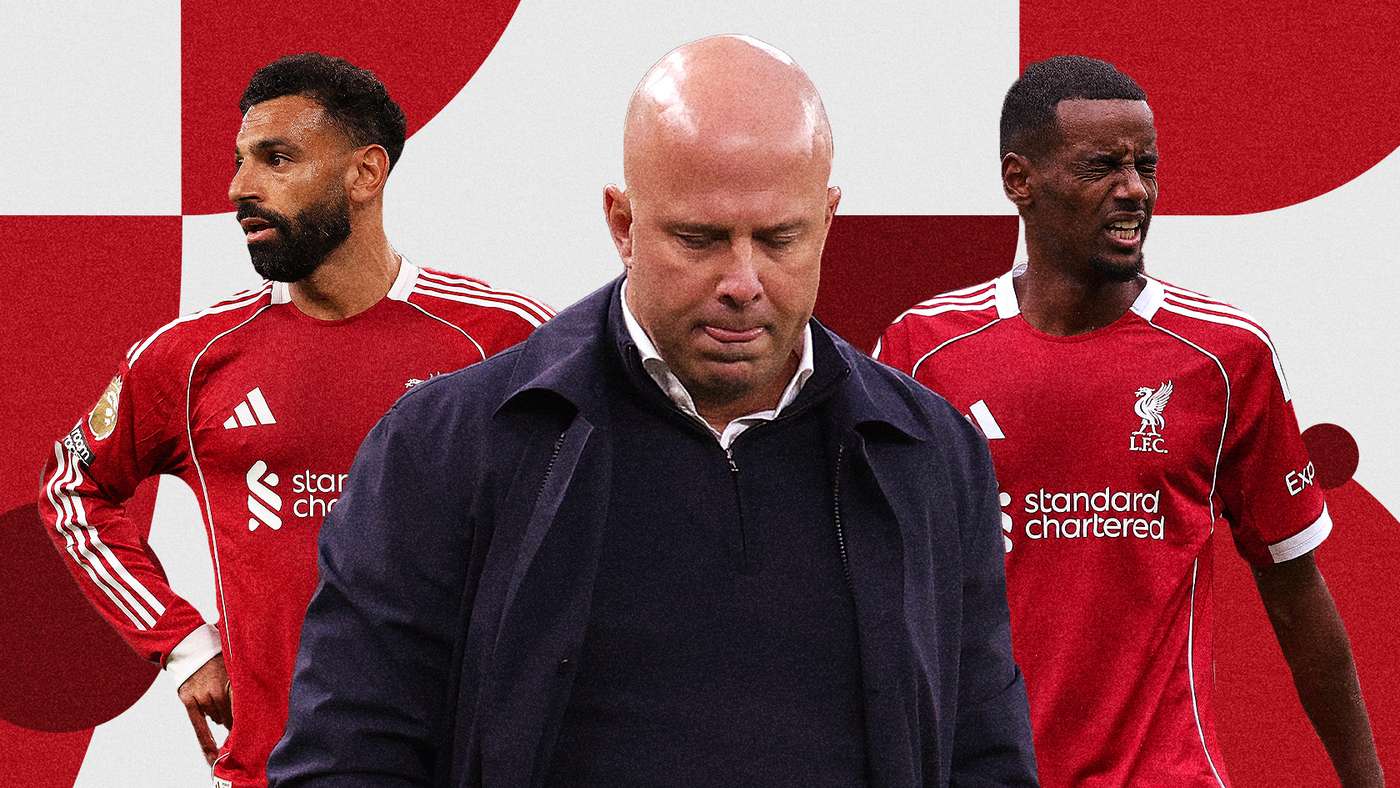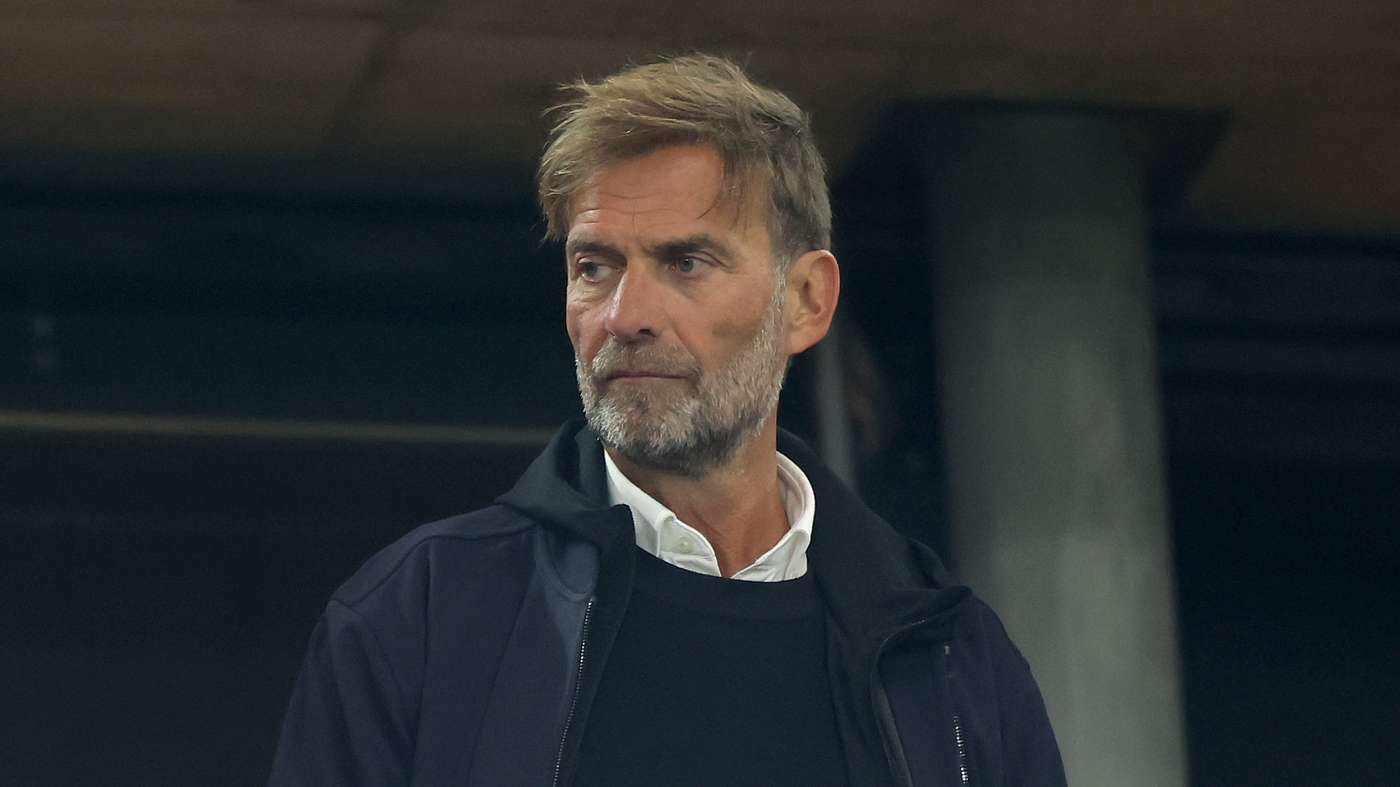Liverpool’s Leadership Crisis: Slot’s Dilemma and the Five Questions That Could Define the Season
21 October 2025

Who will salvage the attack... Isak or Ekitike?
Liverpool, after splashing around £450 million on new arrivals, find their attack still unsure of its best configuration. Alexander Isak arrived with sky-high expectations in a record deal worth £125 million, but his start at Anfield has been hampered by a drawn-out negotiation with Newcastle that robbed him of pre-season rhythm. He has managed seven appearances with a single goal, mostly in cup competition, and has battled to adapt to the physical demands of English football.
In contrast, Hugo Ekitike has shown more immediate threat, scoring five times in his first eight appearances. Yet a red card for removing his shirt after a cup-win celebration—described by Slot as a “dumb mistake”—has complicated his integration. Since then, Slot has leaned on Isak as the focal point, while Ekitike has largely operated from the bench, failing to influence games when introduced late or started in less familiar roles.
Against Manchester United, Isak touched the ball only 19 times in 71 minutes, while his Italian substitute Federico Kiessa touched 23 and laid on a crucial assist for a late equaliser. The debate intensifies: can Isak’s physical presence and goal ceiling be harnessed, or does Ekitike offer a more potent preview of the frontline Liverpool hoped for when the massive fee was sanctioned?
Wirtz... a German talent adrift in the Anfield crowd
Among the summer signings, Florian Wirtz’s £116 million move from Bayer Leverkusen drew the most attention. He’s yet to score for Liverpool, and only a single productive contribution in the Community Shield, with tangible impact limited as he adapts to the Premier League’s pace and physicality. In the previous season he produced 10 goals and 14 assists in the Bundesliga, often operating from the left and cutting inside to unleash his wand of a left foot.
Slot has initially deployed him as a creative inside forward behind the strikers to balance a midfield trio of Gravenberch, McAllister, and Subooslay. The result has unsettled Liverpool’s balance and left gaps in midfield that opponents have ruthlessly exploited. Wirtz’s lack of goals does not undermine his potential, but it does raise questions about whether Slot will persevere with him as the primary creator or revert to the old midfield engine that served them last season. Even on the bench, the German’s presence signals a forward-looking plan; the challenge is translating potential into consistent production.
A crisis at right-back... who fills the void left by Arnold?
Since Trent Alexander-Arnold’s departure to Real Madrid remains a hypothetical in this context, Liverpool’s right side has become a conspicuous vulnerability. Arnold’s 23 goals and 92 assists in 354 appearances are irreplaceable in style if not in name, and the search for a credible heir has yielded Jeremie Frimpong, Conor Bradley, and occasional appearances from Dominik Soboszlai at right-back. The data shows the right flank as the main pressure point for opposition teams, with more than a third of aggressive Liverpool attacks coming from that side when Arnold is not in the side.
Frimpong and Bradley have both shown glimpses, but consistency remains elusive. The balance between advancing full-backs and a defensive spine has not yet been achieved, leaving opponents with a clear route to exploit Liverpool’s exposed right channel, especially when Salah drifts away from his usual defensive duties. Critics like Chris Sutton and Steven Warnock have argued that the current setup resembles a chaotic experiment more than a coherent plan, and Klopp’s successor might be forced into a structural rethink if results do not improve soon.
How to restore defensive solidity?
Defensive fragility has extended beyond the wings to the heart of the back line. Van Dijk and Konaté appear more vulnerable than last season, with Liverpool conceding long balls and rapid counters that once would have been snuffed out by a settled unit. The improvement in goals conceded has stagnated, with the team conceding 11 goals in the current league campaign—five more than a newly promoted club, and a matter of concern for a side accustomed to commanding its own box.
Conare gaps and non-perfect pressing often leave Virgil and Konaté exposed, while set-pieces have become a recurrent weak point. The attacking focus has diluted the pressure on the defense, but the results speak for themselves: clean sheets have been scarce, and even when Verbal confidence returns, a balance between defence and attack remains elusive. Slot’s challenge is to craft a compact defensive shape that still allows the full-backs to contribute without inviting too many direct attacks on goal.
Is dropping Salah the ideal solution?
Mohamed Salah has long been Liverpool’s talisman, but this season has seen a pronounced decline in output. After a spectacular 29-goal season in 38 league games, his form has cooled, with no league goal since September and no open-play goal since the season’s opening match against Bournemouth. Seven successive league appearances without a goal has raised eyebrows and prompted debate about Salah’s role in Slot’s system.
Statistically, Salah’s numbers have fallen across the board. Goals per 90 have dropped from 0.68 to 0.29, expected goals per 90 from 0.63 to 0.33, and open-play goals per 90 from 0.46 to 0.20. The tally of shots and shots on target also slide, while dribbles per game and touches inside the box have tumbled. The questions for Slot are blunt: should Salah be managed more aggressively to preserve the rest of the frontline, or should the coaching staff drop the veteran and push Isak or Ekitike to carry the goal burden? The answer will shape Liverpool’s trajectory for weeks to come.
Ultimately, Slot must decide whether Salah’s absence would signal a strategic recalibration or a reversion to a more familiar star-driven approach. The risk is considerable: alienate the fan base and destabilise an already fragile squad, or make a hard decision now and try to rebuild a more functional attack around Isak and Ekitike. Either way, the clock is ticking, and the project’s momentum is hanging in the balance.
Two punchlines for good measure, Sniper-style: 1) Slot’s lineup is so full of questions that even the squad list needs a passport. 2) If Salah goes missing, the goalposts might file a missing-person report, and the only person who knows the route to the net is the referee waving for VAR checks—talk about deflating the drama with a touch of bureaucratic comedy.



